Imagine your school saving £25,000 every year on its energy bills. Across England, eleven schools have already made this a reality, together saving £175,000 annually through Great British Energy’s solar initiative [1]. Yet with only around 10-15% of UK schools currently using solar power [1], the opportunity remains largely untapped.
Schools that invest in solar panels gain much more than just savings. Some become fully energy independent during the sunniest months [6], while others achieve significant cuts in their carbon footprint [10]. while others achieve significant cuts in their carbon footprint . Solar technology can also make classrooms more comfortable by improving insulation and providing shade, though thorough evidence of direct health benefits remains limited. Importantly, pairing solar panels with battery storage delivers substantial yearly savings. [1].
Energy prices are unlikely to drop anytime soon [9]. Schools that choose solar energy now can g they care about the environment.
This guide explains how to bring solar power to your school. You’ll learn about funding options like grants, see how the installation process works with minimal disruption, and discover ways to use your solar system as a teaching tool in different subjects.
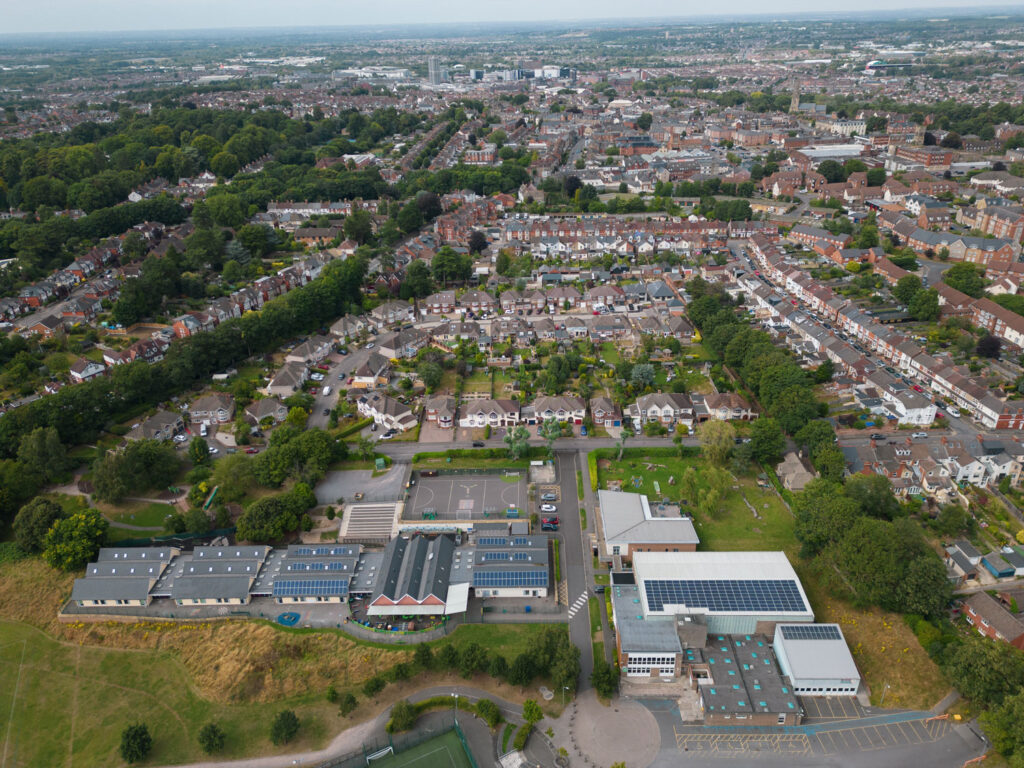
Top Benefits of Solar for Schools
Many UK schools choose solar panels for reasons beyond environmental benefits; these systems also offer significant financial, educational, and community advantages.
Lower energy bills and long-term savings of Solar for Schools
Energy costs keep rising, but solar panels can help schools fight back. With solar panels and batteries, schools can cut their yearly energy bills by up to £25,000 [1]. Over 30 years, total savings across UK schools could reach hundreds of millions, though there isn’t an official government total.
Real schools are already proving these projections accurate. The HEART Academies Trust fitted a 249kWp rooftop system across four schools, immediately cutting grid energy consumption by nearly 20%. Their 25-year financial forecast? Net savings exceeding £1.5 million [2].
Reduced carbon footprint and emissions
Every kilowatt-hour generated on your school roof replaces electricity that might otherwise come from fossil fuel sources [11]. This direct displacement creates measurable environmental impact [11]. Research indicates that maximising school roof space for solar could cut the education sector’s carbon footprint by a significant margin, some studies estimate reductions of over 20%, though the exact figure varies by methodology [9].
Schools like HEART Academies Trust demonstrate these environmental benefits in action, eliminating 45 tonnes of CO₂ emissions annually through their solar installation [2]. These reductions contribute directly to the UK’s net-zero ambitions whilst teaching students about practical climate action.
Improved energy independence
Electricity prices remain unpredictable and on the rise [10]. Solar panels equip schools with the ability to produce their own power, providing protection from such increases. Battery storage allows schools to reserve surplus energy for periods of high demand or less sunlight.
This independence offers more than just savings. Schools that generate their own power can keep running during grid outages, making sure education and community services continue without interruption [4].
Enhanced school reputation and enrolment
Environmental leadership attracts attention from families, staff, and the broader community. Schools demonstrating commitment to sustainability often find themselves more appealing to environmentally conscious families and educators [10]. This improved reputation can translate into tangible benefits, particularly in competitive educational markets where sustainability credentials help distinguish one school from another [10].
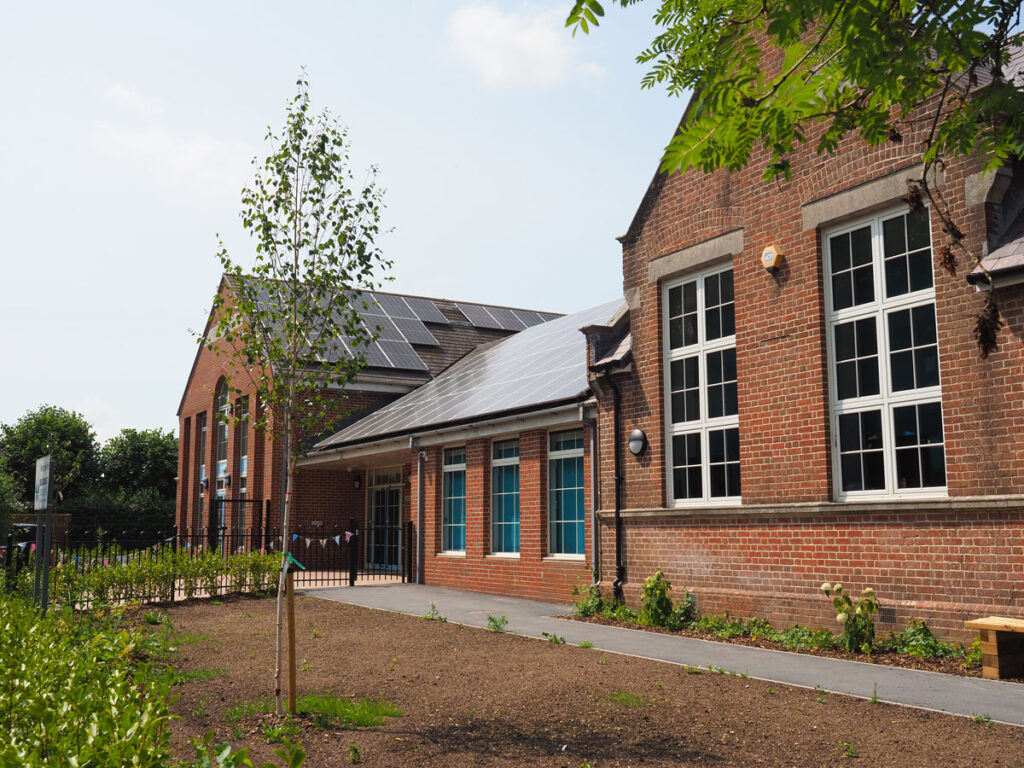
Solar for Schools – How Solar Panels Support Learning and Engagement
Imagine your school building turning into a classroom. Solar panels give students hands-on learning experiences that go far beyond saving energy. The rooftop becomes a real-life lab where students can explore renewable energy up close.
Using solar data in STEM education
Live solar data can make many subjects more interesting. In science, students see energy conversion in action. In maths, they work with real solar production numbers [6]. Geography and environmental studies come alive as students look at climate solutions happening on their own school roof.
Students develop essential data interpretation skills through examining their school’s solar performance [6]. Teachers consistently report that linking rooftop panels with classroom learning makes STEM subjects more relevant and accessible, often leading to improved academic outcomes [7]. The connection between theoretical concepts and real-world application proves particularly powerful for engaging reluctant learners.
Hands-on sustainability projects
Practical activities bring solar energy concepts into sharp focus. Students can:
- Build and test solar-powered cars under varying weather conditions [8]
- Construct small solar circuits to demonstrate electricity generation [9]
- Design solar-powered charging stations for school devices [6]
These projects make abstract energy principles tangible. One primary school observed pupils’ excitement as their hand-built solar cars raced across the playground, then challenged themselves to create designs that could navigate uphill and link vehicles into solar-powered trains [10]. Such moments spark genuine curiosity about renewable technology.
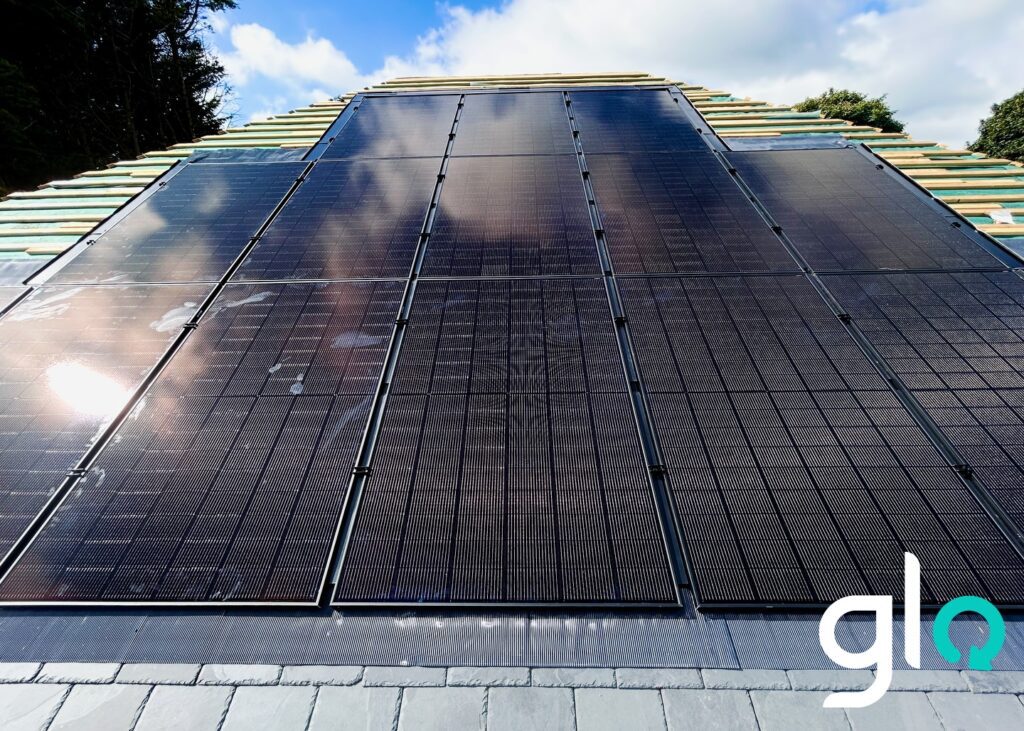
Inspiring green careers in students
The renewable energy sector continues to expand, and solar installations open students’ eyes to emerging career opportunities. More than 500 pupils have toured solar farms, meeting engineers and discovering green career paths firsthand [9]. Each school installation cluster partners with further education colleges to promote renewable energy careers through work placements, skills boot camps, and practical workshops [11].
These experiences foster long-term sustainability thinking. Students who understand renewable technologies become better prepared for tomorrow’s green economy, supporting the UK’s target of 70GW of solar by 2035 [9]. Teachers notice genuine enthusiasm emerging among children who previously showed little interest in technical careers [12].
Making Solar Affordable: Grants and Support Options
A tight budget doesn’t have to stop your school from getting the benefits of clean energy. There are now several ways to fund solar panels, making them possible for more schools, not just those with lots of resources.
Overview of solar for schools grant programme
Great British Energy’s £80 million allocation supports approximately 200 schools installing solar panels, building on early success stories where 11 pioneering schools now save £175,000 collectively [1]. The School Solar Enabling Fund has already distributed £150,000 through capital grants worth £5,000 to £10,000, specifically targeting schools across the North East and Yorkshire [13]. Schools can also access the Public Sector Decarbonisation Scheme (PSDS) through Salix Finance, which operates regular application cycles [14].
How to apply for solar panel grants for schools
To get funding, schools need to plan ahead and apply at the right time. It’s helpful to watch for government announcements and work with academy trusts or local authorities for stronger applications. Showing both the environmental and financial benefits can improve your chances, especially in areas where support is focused on schools with greater need [1].
Combining grants with PPAs or leasing
Power Purchase Agreements (PPAs) eliminate upfront capital costs entirely. Third-party providers handle installation and maintenance whilst schools purchase the generated electricity at reduced rates [15]. Glenleigh Park Primary exemplifies this approach, securing a zero-cost installation through community-funded PPA arrangements [16]. Leasing through specialists like Utility Rentals offers an alternative pathway, providing predictable monthly payments without requiring capital investment [17].
Reducing the upfront solar panels for schools cost
Several strategies minimise initial solar panels for schools cost:
- Community energy schemes where local cooperatives finance installations [18]
- Interest-free loans through Salix Finance’s public sector programmes [18]
- Zero VAT on solar installations reduces costs immediately [18]
- Flexible payment schedules accommodate school budget cycles through quarterly or annual arrangements [17]
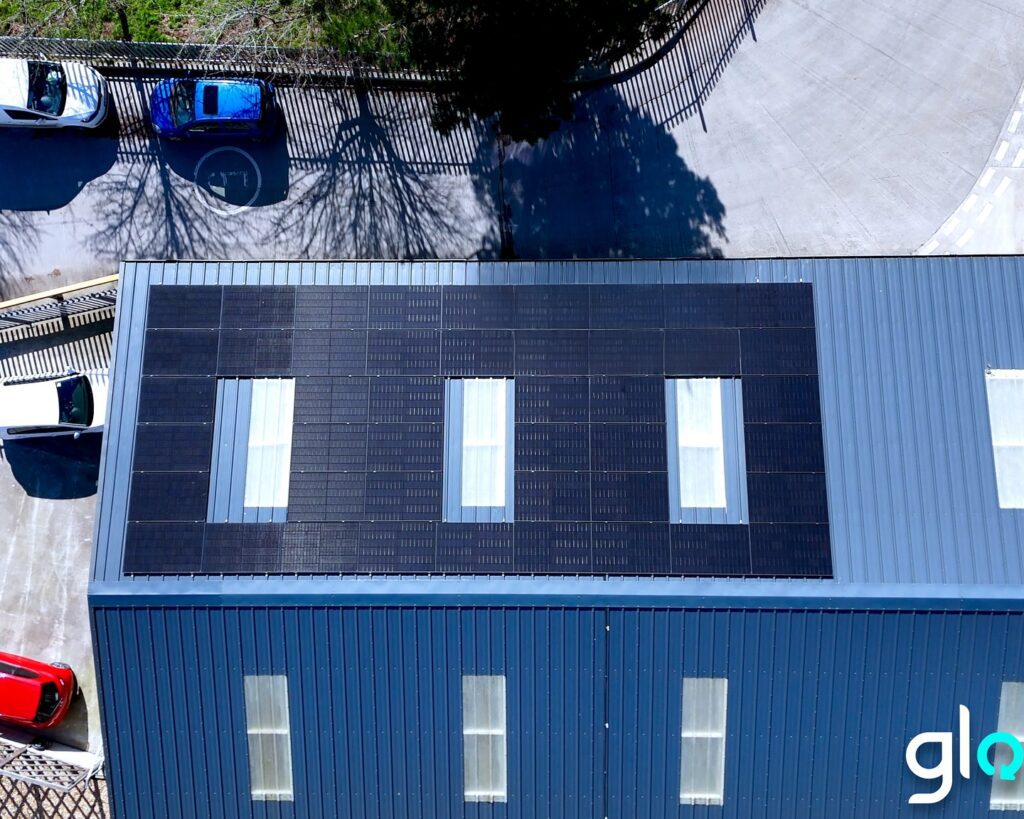
Steps to Go Solar: From First Call to Clean Power
Your school’s solar journey has clear steps, starting with your first enquiry and ending with clean electricity. Each part of the process is designed to help you get the most educational and financial value from your investment.
Initial assessment and feasibility study
Site evaluation forms the foundation of every successful solar installation. Professional assessors examine your roof’s condition, orientation (south-facing performs best), and structural capacity to support panel weight [2]. Energy audits run alongside physical inspections, analysing your school’s consumption patterns to determine the ideal system size [19]. Most school solar projects qualify as permitted development, though checking planning requirements prevents delays later [19].
Designing a system that fits your school
Once your site is approved for solar, the next step is designing the right system. Engineers determine the optimal size for your panels based on your energy usage and roof space [19]. This way, your solar setup fits your school’s needs and works smoothly with your current electrical systems [20].
Installation and safety checks
Summer holidays provide the perfect window for installation, minimising disruption to daily school life [21]. The physical work progresses through mounting panels, connecting inverters, and establishing electrical pathways. Rigorous safety checks precede system activation, with a particular focus on fire safety protocols that are essential for school environments [23]. Final inspections verify compliance with BS 7671 (Wiring Regulations) and BS 5839-1 standards [23].
Post-installation monitoring and support
Real-time monitoring begins immediately after your system goes live [3]. These sophisticated systems serve dual purposes, ensuring peak performance whilst generating valuable data for classroom learning [3]. Ongoing maintenance keeps your investment performing optimally through regular cleaning, electrical testing, and visual inspections [24]. Annual service packages typically cover comprehensive maintenance including panel cleaning, electrical safety testing, and structural security assessments [24].
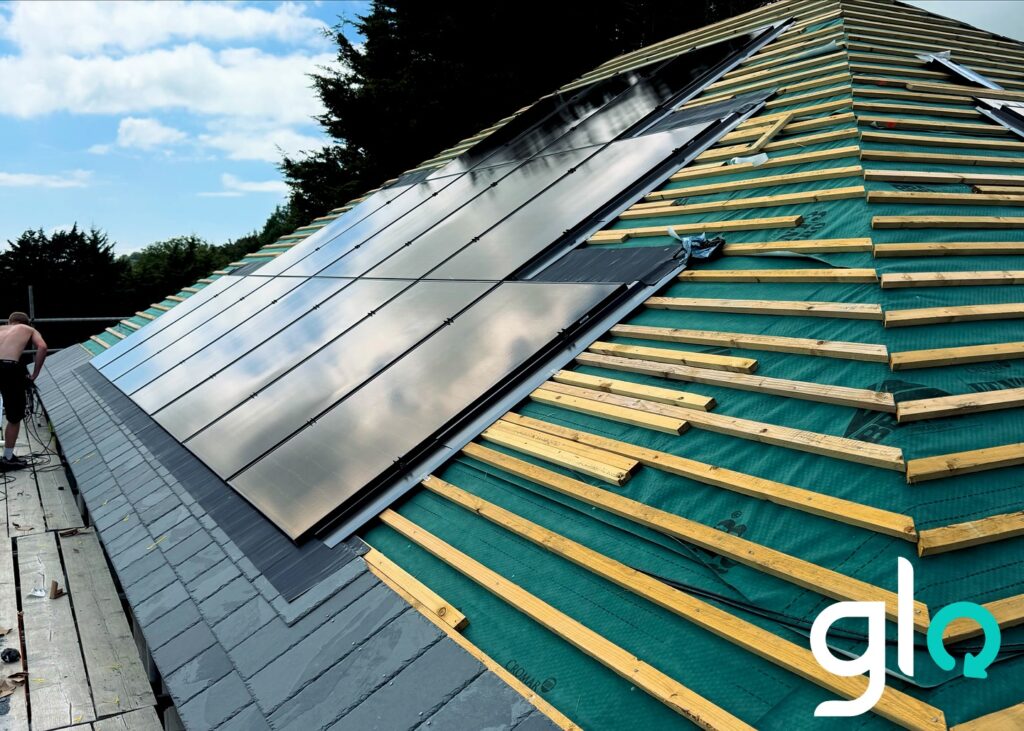
Conclusion – Solar for Schools: From Planning to Power Generation
Your school stands at the threshold of an energy revolution. Solar power doesn’t just cut costs, it creates opportunities that ripple through every aspect of school life.
The results are clear: schools save thousands of pounds each year, and students get valuable hands-on experience with renewable technology. Your school’s roof can become a resource for maths lessons, a topic for science classes, and inspiration for future green careers.
Worries about funding become less of an issue when you consider all the available options. Government grants, community projects, and Power Purchase Agreements make it easier for schools to go solar. Many schools in England have shown that solar panels fit well into school life, especially when installed during holidays.
The process of going solar is straightforward. Experts assess your school’s potential, design a system that fits your needs, and install it at a time that works for your schedule. After installation, ongoing support helps keep your system running well year after year.
Solar installations represent something bigger than energy generation. They demonstrate values your community respects, environmental stewardship, financial wisdom, and educational innovation. Students who learn alongside working solar systems develop deeper understanding of sustainability challenges and solutions.
Energy costs are likely to keep rising. Schools that choose solar are better prepared for this challenge and can offer learning experiences that go beyond what traditional classrooms provide.
Your path to clean energy starts with a single assessment. The technology exists, funding opportunities abound, and educational benefits multiply daily. Schools nationwide are already reaping these rewards, your institution can join them in building a more sustainable, cost-effective future for education.
Frequently asked questions about Solar for Schools
How many solar panels does a typical school need?
The number of solar panels required varies depending on the school’s size and energy consumption. Smaller schools might need around 250-300 panels, while larger high schools with extensive facilities could require 500-600 panels. A professional assessment is crucial to determine the optimal system size for your specific school.
What are the main benefits of installing solar panels in schools?
Solar panels in schools offer multiple benefits, including lower energy bills with potential annual savings of up to £25,000, reduced carbon footprint, improved energy independence, and enhanced school reputation. Additionally, they provide valuable educational opportunities for students in STEM subjects and sustainability.
How can schools fund solar panel installations?
Schools can explore various funding options for solar panels, including government grants like the Great British Energy initiative, Power Purchase Agreements (PPAs), community energy schemes, and interest-free loans through Salix Finance. Some programmes also offer zero-cost installations through community-funded PPAs.
What educational opportunities do solar for schools solar panels provide for students?
Solar panels create hands-on learning experiences for students. They can use real-time solar data in STEM education, engage in practical sustainability projects like building solar-powered devices, and gain insights into potential green career paths. This practical exposure makes abstract energy concepts more tangible and relevant.
What is the installation process for solar panels in schools?
The solar panel installation process for schools typically involves an initial site assessment, system design, installation (usually scheduled during school holidays to minimise disruption), and rigorous safety checks. Post-installation, schools benefit from monitoring systems and regular maintenance to ensure optimal performance and longevity of the system.
References
[1] – https://www.gov.uk/government/news/first-schools-install-great-british-energy-solar-panels
[4] – https://www.harvestgreendevelopments.co.uk/solar-panels-for-schools/
[5] – https://www.ascl.org.uk/News/Blog/June-2025/Solar-PV-in-Schools-How-do-schools-do-it
[6] – https://letsgozero.org/solar-panels-a-step-by-step-guide-for-your-school/
[7] – https://naee.org.uk/solar-power-and-schools-contributions-to-net-zero-uk/
[8] – https://sustainability.stanford.edu/news/what-happens-when-schools-go-solar
[11] – https://green.org/2024/01/30/solar-energy-in-stem-education/
[12] – https://www.solarforschoolscbs.org.uk/education
[13] – https://www.stem.org.uk/resources/community/collection/12144/solar-energy
[15] – https://www.poltairschool.co.uk/latestnews/inspiring-the-next-generation-of-green-innovators
[16] – https://schoolsweek.co.uk/200-schools-to-get-solar-panels-in-80m-green-project/
[17] – https://www.solarforschools.co.uk/services/education
[18] – https://www.neynetzerohub.com/projects-and-events/delivering-programmes/solar-schools-enabling-fund/
[20] – https://commercialsolarcompany.co.uk/advice/reduce-school-energy-bills-with-solar/
[21] – https://utility.rentals/how-to-lease-solar-panels-for-your-school/
[23] – https://sgs-energy.co.uk/solar-panels-for-schools-in-kent-a-comprehensive-guide/
[24] – https://www.evoenergy.co.uk/sector-solar-panel-for-schools/
[25] – https://www.arpower.co.uk/solar-panels-for-schools/
[26] – https://www.solar-display.com/seai-schools-photovoltaic-programme-spp-2/
[28] – https://solarpanelsforschools.co.uk/services/monitoring/
[29] – https://www.powercor.co.uk/solar-maintenance-and-insurance-risk-management/
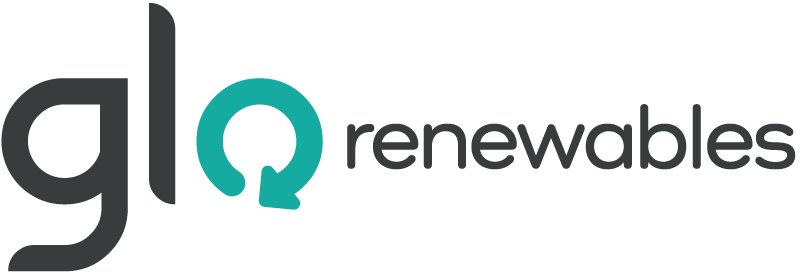
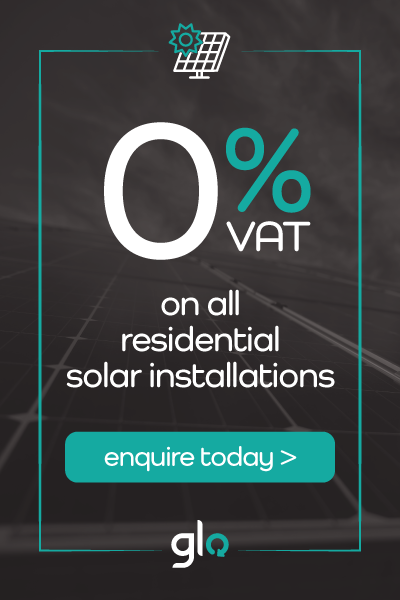


![Why Solar Panels for Farms In Devon Are Better Than Traditional Energy [2025 Guide]](https://glo-renewables.co.uk/storage/2025/08/Why-Solar-Panels-for-Farms-In-Devon-Are-Better-Than-Traditional-Energy-2025-Guide.jpg)

